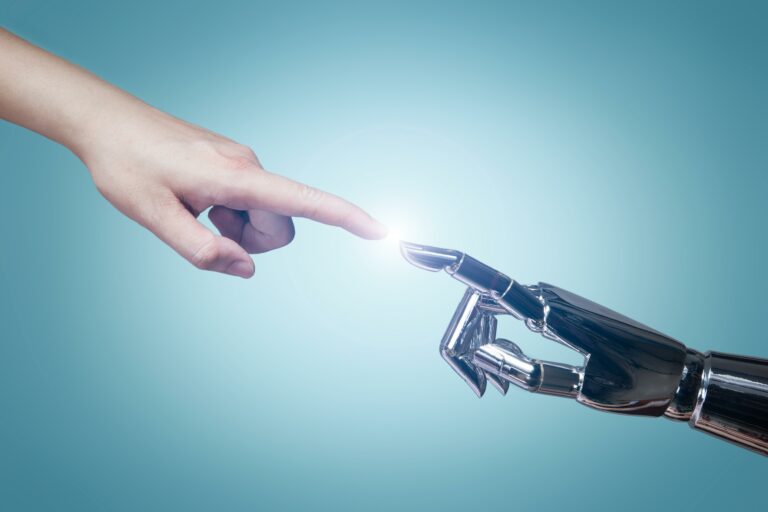Over the next few years, government officials will need to implement AI thoughtfully, with effective oversight and collaboration with human workers. This article will explore the role of AI in federal government and discuss how its implementation could improve various sectors.
The Multifaceted Applications of AI
AI has the potential to improve various facets of government. In healthcare, AI can assist professionals in diagnosing diseases, analyzing medical records for population health analysis, and improving patient outcomes. Public safety can benefit from the use of AI through facial recognition software and predictive crime analytics. In education, AI-enabled tools can improve student outcomes through adaptive learning and personalized education. Similarly, in financial services, AI can help detect fraudulent activities, automate tedious bookkeeping tasks, and provide more personalized financial advice. Real-world examples like the Department of Defense’s Project Maven and the Food and Drug Administration’s AI-enabled drug development process showcase the potential impacts of AI on government efficiency.
Strategic Implementation & Autonomy
Federal agencies must carefully consider how AI should be implemented. The first step is to assess the pain points that their organization is facing, prioritize the areas to improve, and design a strategy that aligns with the goals of the organization. It’s also essential to consider the level of autonomy of the systems. As AI systems become more sophisticated, the government must determine how much independence they will give to the system when making decisions. The balance between autonomy and human oversight is a crucial factor that will determine the success of AI implementation in federal government.
AI and Human Collaboration
AI technology has already begun to handle routine tasks, allowing human workers to focus on more strategic and creative tasks. However, there is an undeniable need for human collaboration and oversight while leveraging AI technology. Human decision-making processes are necessary to ensure we do not develop and deploy AI systems that may pose severe risks to people, property, or the environment. Therefore, it is important that human workers receive proper training to understand the technology and mitigate its risks.
Comparison with Cloud Computing
Cloud computing has been widely embraced in federal government for its scalability, efficiency, and cost-saving benefits. While AI leverages cloud computing infrastructure, they are not synonymous with each other. Cloud computing is only a means to an end, while AI is the end goal. The relationship between cloud computing and AI will continue to evolve as AI technology becomes more advanced, and as organizations seek to leverage the cloud to enhance their capabilities.
The adoption of AI in federal government is an exciting development, but its implementation must be carried out with caution. The potential impact of AI is vast. However, it is essential that government officials and agency leaders work to implement AI in an ethical and responsible way. Collaboration with human workers and careful consideration of the level of autonomy that should be given to sophisticated systems are critical components of ensuring a successful implementation. By exploring AI’s multifaceted applications, designing a strategic implementation plan, prioritizing human collaboration, and differentiating it from cloud computing, government agencies can leverage AI to improve the efficiency and effectiveness of government services.
